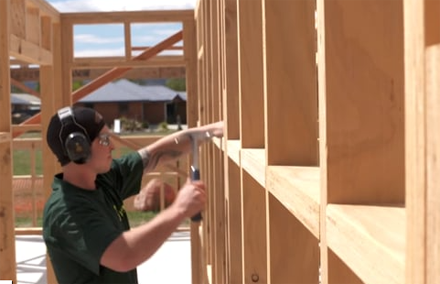New Zealand’s Government has released its Public Housing Plan 2021-2024 which outlines the intention of where 8000 additional public and transitional housing places announced in Budget 2020, will go. Source: Timberbiz
“The Government is committed to continuing its public house build program at pace and scale. The extra 8000 homes – 6000 public housing places and 2000 transitional housing places – reinforces the Government’s investment in public housing. The plan confirms we are on track to deliver over 18,000 extra places by 2024,” Prime Minister Jacinda Ardern said.
“This is not only delivering more warm, dry public housing for those most vulnerable to housing shortages, but also boosts economic activity, jobs in the building sector, employment and apprenticeship opportunities for young people.
“Fixing the housing crisis is a key focus of this Government and our public housing programme plays a key part in enabling more housing to be built through infrastructure investment and support for the construction sector.
“Since November 2017 we have added 4579 newly built state homes across New Zealand; we are building more new public housing than any government has done in two decades,” Ms Ardern said.
Te Tūāpapa Kura Kāinga – Ministry of Housing and Urban Development will concentrate on locations with high need and where demand for public housing is the greatest. While public housing will continue to be delivered across the country, there is a particular focus on Northland, Hamilton, Bay of Plenty, Gisborne, Napier, Hastings, Palmerston North and Whanganui.
As a result it is expected that greater collaborative partnerships are forged between Te Tūāpapa Kura Kāinga, Kāinga Ora, iwi and Māori, Local Government and the construction industry more public housing delivered in regional centres and towns where housing demand is growing the fastest – alongside delivery in the main centres more placed-based and MAIHI approaches and bespoke solutions to respond to different housing needs – especially for Māori; and an increase in the number of new build public housing and a progressive decrease in the proportion of private market homes leased for public housing.








